

Pay to play, free to play, buy to play, take your pick! There are so many different MMOs out there, with so many different payment methods and with so many variants on the payment methods. Don’t want to subscribe to a game? Then don’t! Play a free-to-play one instead! In this week’s column we’re going to compare all of the payment methods and see which one the industry is leaning towards.
Pay-to-play (P2P) is the payment method that the genre hit the mainstream with all those years ago with Ultima and EverQuest and then World of Warcraft. Ah, those were the days when the industry could rationalize charging users $15 per month. It was the times where consumers were told that the fee was for two things, server upkeep and additional content. Consumers bought it, buying the games in droves and paying the subscription fee for a game which offered large world battles and allowed players to team up with one another.
As we moved further and further into the World of Warcraft era games such as the original Guild Wars began showing their faces, proving to Western audiences that a monthly payment wasn’t needed for the upkeep of an online game’s servers or for a massive world. Despite this, many gamers argued that Guild Wars wasn’t a “true” MMORPG because it’s worlds were instanced. Little did they know that Guild Wars was starting a revolution.
Pay-to-Play gaming remained incredibly relevant to MMORPGs throughout the beginning of the World of Warcraft era, however they started to decrease in value around 2008 as more and more games were becoming free-to-play. That and Blizzard started tampering with the payment method, seeing a potential market which many Pay-to-Play MMORPGs would begin to follow.
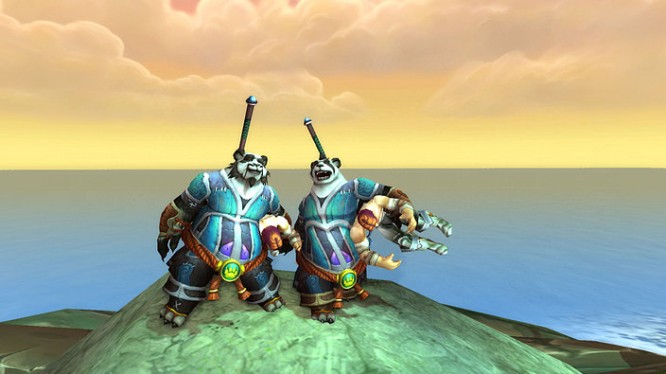
Blizzard added a cash shop to their Pay-to-Play MMORPG World of Warcraft, initially adding “pets” to the store with a small amount of proceeds going to charity. This was the testing of the waters and the community immediately caught on, purchasing the virtual pets in droves.
Seeing the success of their initial offerings onto the store Blizzard began offering all manner of items such as mounts, with the proceeds not going charity.
Other companies followed what Blizzard had started and there is the ever infamous EVE incident in which the developers had priced an in-game monocle at more money than a real life monocle would cost.
Cash stores ultimately, I feel, brought about the slow destruction of the P2P payment method, well that and free-to-play gaming.
The problem with cash shops in pay-to-play games is that it comes across as nothing other than flat out greedy. On many pay-to-play games websites they offer an FAQ which has the question: Why do I need to pay a subscription fee? Many of these websites say that it’s for additional content for the game and for server upkeep. For example on EVE Online’s FAQ it says:
Your subscription fee gives you full access to the EVE Online servers, website, and customer support. Unlike single-player games where you are purchasing the game as-is, the development of EVE as a persistent world is ongoing with frequent updates to add new features and improve your gameplay experience. Subscriptions allow us to continue making EVE bigger and better as well as paying our staff their monthly wages. CCP does not charge extra for game expansions.
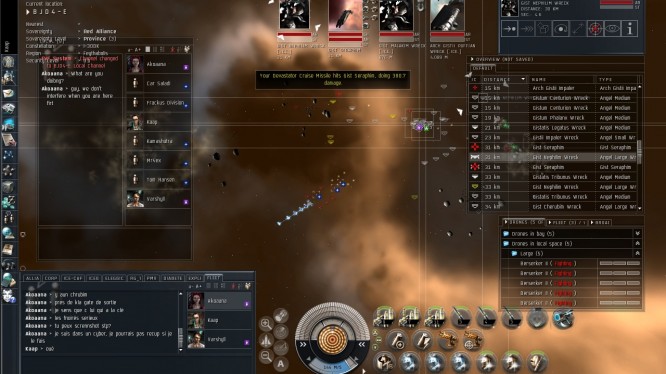
Don’t charge your consumers a monthly fee for additional content only to make consumers further pay for additional content on the cash shop. Cash shop content should be made readily available to monthly subscribers. I mean, if content is being put on the cash shop what exactly are consumers paying for when they pay $15 a month.
Jeff Strain, one of the founders of ArenaNet, said in 2007:
Gamers will no longer buy the argument that every MMO requires a subscription fee to offset server and bandwidth costs. It’s not true – you know it, and they know it. Gamers may buy the argument that your MMO requires a subscription fee, if you can tell them what they are getting for their money.
I think that sums up the plight of Pay-to-Play.
Buy-to-Play began with the original Guild Wars (GW), a MMORPG which could be brought for $30-40 and then the consumer would never have to pay for the game again. Additional content was frequently added to GW however nowhere the same frequency as Guild Wars 2 but we’ll get to that in a minute.
Every year or so ArenaNet would sell an additional expansion pack for GW for $30-40 which would contain whole continents of content. The first, Factions, gave the player a choice of joining two differing factions and duking it out in faction vs faction PvP. Additional expansions were added throughout the years adding new content and classes for the player to experience.
Little did gamers know, this was merely the beginning. After five years or so of not releasing any additional expansion packs for GW, ArenaNet released Guild Wars 2, an MMORPG which would promise to change the industry forever.
And it did.
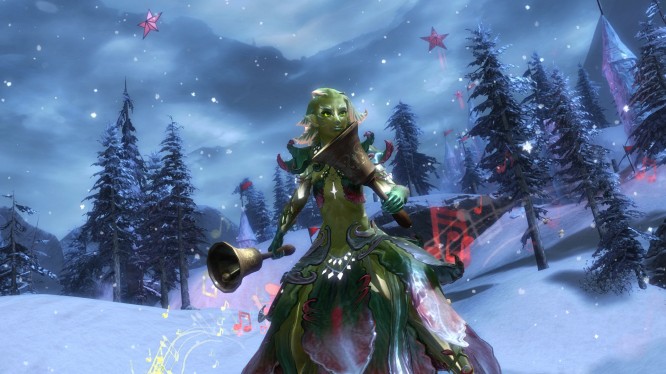
The game launched in 2012 to incredibly positive reviews and offered new ways to play and experience the large worlds which MMORPGs had given us. Not only that but ArenaNet updated the game every two weeks with their Living World content, offering new dungeons, storylines and even changing up some of the worlds already existing content.
This marked a change. No more did players have to pay monthly fees for content or server costs. Instead they could play GW2 for five minutes and then return back to it six months later and then keep on playing.
This marked a revolution for MMORPGs, one where gamers would ask the question “Why should I pay a subscription for MMORPGs anymore?”
The effects of GW2 have long to fully unveil themselves however with the arrival of such a big, high profile MMORPG subscription fee games now have to struggle even more to explain their existence.
Arguably set off in the West with Turbine’s Dungeons and Dragons MMORPG, the free-to-play game was becoming something of growing trend in the West. Free-to-Play games had been offered in Korea and China, due to the both the lack of disposable income and home computers however they had never really penetrated the West and never really occurred to Western developers as a viable way to keep a game going.
Granted the West had long been inundated with anime based free-to-play games, however they were normally pay-to-win and were poorly translated into English. These types of MMORPGs must have been successful because there were so many of them on the market, however as Western developers finally caught on and started developing and making their MMORPGs free-to-play, these uninspired anime MMORPGs have started dying out.
Free-to-play became further defined with League of Legends, which was the first game of its kind (MOBA) to be offered for free and supported by a free-to-play payment method. LoL instantly caught on becoming accessible and playable by anyone. This quickly brought on a vibrate eSports scene which was avidly watched by players of the game. LoL continued to evolve, becoming the huge monster that see today.
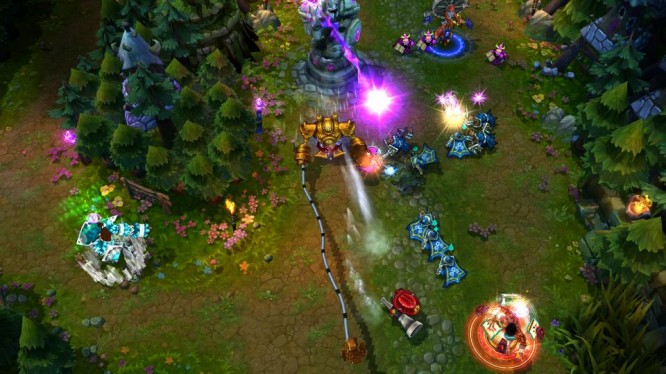
League’s eSports scene has long since grown, primarily due to the fact that the game is not hidden by a paywall. If you see a streamer do something cool in the game then you yourself can go ahead and replicate it without having to pay any money.
It’s a genius system and one that excelled during the recession where gamers were becoming increasingly strapped for cash.
Free-to-play has long since taken over the world however there has yet to be a free-to-play MMORPG made from scratch by a Western developer with all of them using the payment method as a backup plan. EverQuest Next has every intention to change this though.
So which payment method will the industry adopt?
It’s becoming increasing clear that F2P is becoming the go to payment model. Having said that no Western developer has fully committed to the model, deciding that it’s too risky to create a game from the ground up with the model.
Which one do I prefer? Personally I’d love to see more games made with the Buy-to-Play payment model in mind. Whilst ArenaNet is the only game to have fully committed to the model, it seems very odd that no one else has aimed to capitalize on the market which happily snapped up Guild Wars 2.
Having said that, hopefully 2014 will over us something new and exciting.
Thanks for read! If you enjoyed this article, perhaps you want to take a look at the list of beta games that are, as you know, free-to-play!
Or click here if you want to find out what free-to-play MMO game the MMOGames writing staff enjoys the most. Enjoy!


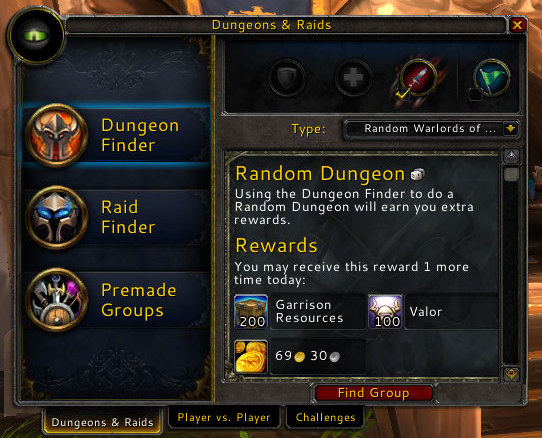
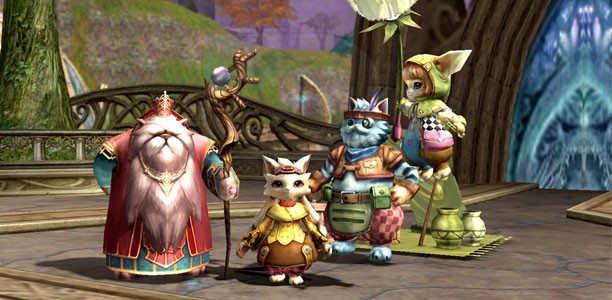
 Plants vs. Zombies 2: Tip against the Imp Porter
Plants vs. Zombies 2: Tip against the Imp Porter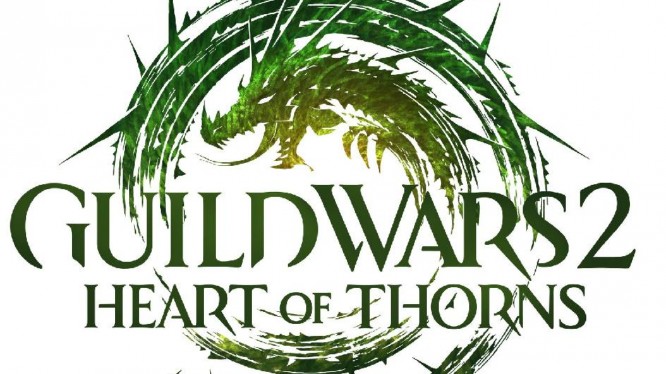 Guild Wars 2: My Thorny Problem .
Guild Wars 2: My Thorny Problem .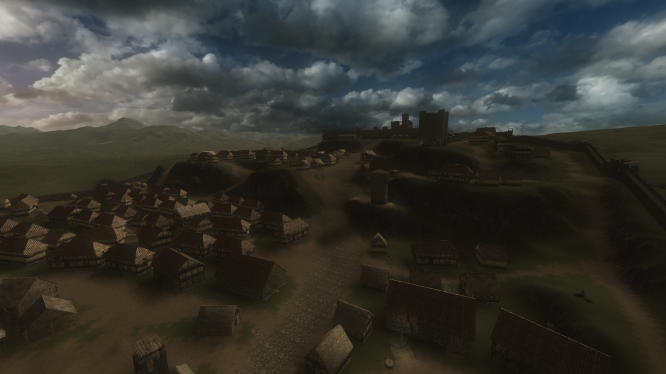 Life is Feudal: Interview With Vladimir Bobik Piskunov .
Life is Feudal: Interview With Vladimir Bobik Piskunov .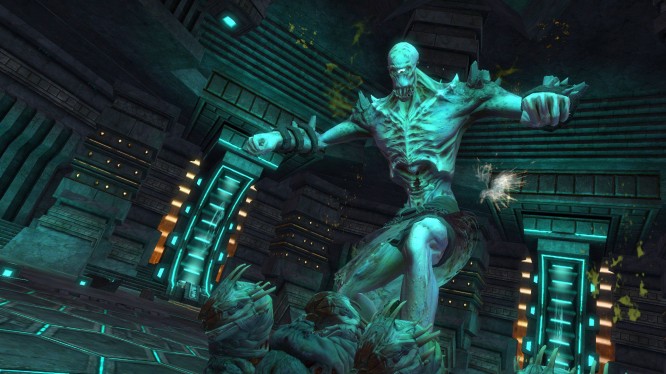 Guild Wars 2 Heart of Thorns Review In Progress Part 3 .
Guild Wars 2 Heart of Thorns Review In Progress Part 3 .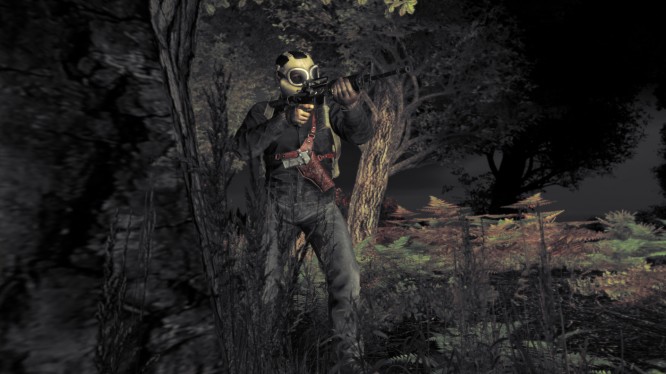 Games Like: DayZ .
Games Like: DayZ .